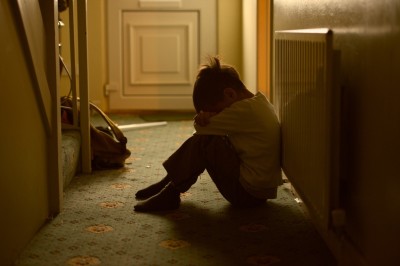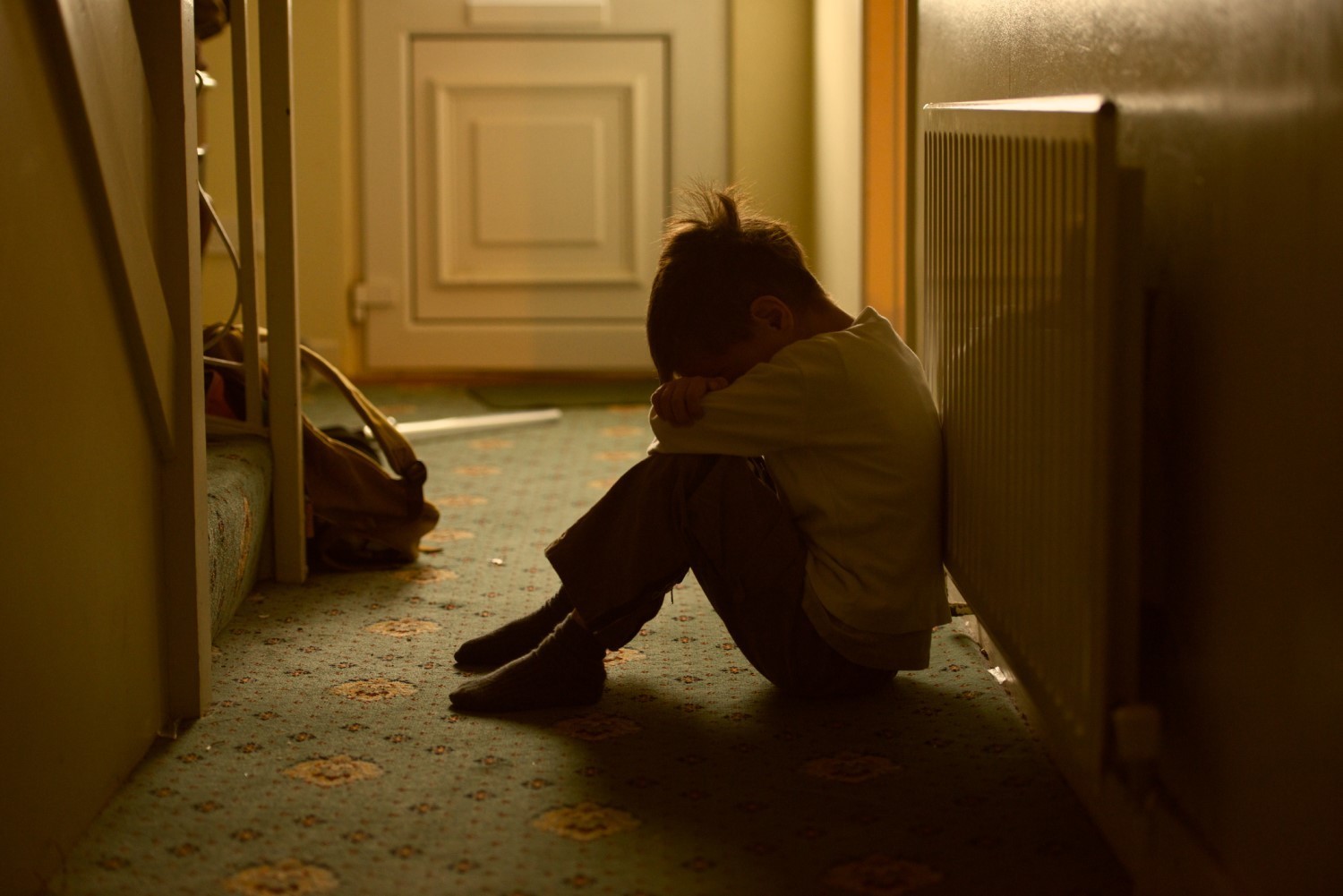
Nurse Heidi Olson, a respected sexual assault nurse in Kansas City, noticed a horrifying trend among her child sexual assault victim patients. They were being sexually assaulted by other children. In one case, a teenage perpetrator acted out a pornographic video, scene by scene, by strangling, repeatedly raping, and calling the victim derogatory names before leaving the child lying there.
Cases like this, of child-on-child sexual abuse, with exposure to pornography being the only, or most dominating, risk factor are no longer anomalies; they are the growing majority.
In 2023 Texas passed House Bill 1181 making it mandatory for adult websites to employ rigorous age verification processes to ensure users are over 18. The Free Speech Coalition (FSC), a non-profit, non-partisan trade association for the adult industry, has sued the state of Texas, arguing that this legislation violates the First Amendment. The Supreme Court of the United States (SCOTUS) heard this case, FSC v. Paxton, on January 15, 2025. They will decide whether the court of appeals erred as a matter of law in applying rational-basis review, instead of strict scrutiny, to a law burdening adults’ access to protected speech.
Ultimately, SCOTUS will decide if protecting children from harmful pornographic content on the internet is illegal.
Age verification is not identity verification. Verifying age requires minimal time and effort, most options take less than a minute. The technology for age verification is cutting-edge and does not collect, store, or sell data. The question is who will pay the price to protect our children? Will it be adults that are required to use less than a minute to prove their age, or will it be our children bearing the burden of long term harmful consequences?
Protecting children from porn has been a law in the U.S. for nearly 57 years. In 1968, the United States Supreme Court decided in Ginsberg v. New York that although pornographic materials like Hustler and Playboy magazines were protected for adults under the First Amendment, they were obscene for children. In short, they were to be treated like alcohol and cigarettes — the buyer is required to show an ID or verify their age to purchase. Unfortunately for children, pornographic content sold in brick-and-mortar stores has exponentially decreased over the past few decades, and so have the safeguards protecting children.
Currently, children access pornographic content online at rates that are difficult to comprehend. One recent report from 2023 showed that at least 15% of teens said they viewed online pornography at age 10 or younger. An additional survey from 2020 reported that 54% of teens had viewed pornography by age 13. Taken together, the studies confirm that the average age of exposure to online pornography for children is between the ages of seven and eleven.
Access isn’t the only thing that has changed. Pornographic content is increasingly more violent. Within a matter of seconds, a child or teen can, intentionally or unintentionally, view pornographic videos of rape porn fantasy, or murder skit porn. This popular type of content is extremely violent pornography that depicts murder, necrophilia, morgue fantasy sex, and garrote strangling. While it may be legal and First Amendment-protected content for adults, it certainly is not for children. The sheer volume of this explicit content should make anyone concerned. Boasting over 42 million pornographic websites that host over 428 million web pages of pornography, the internet is now an endless abyss of explicit content and a far cry from what SCOTUS already deemed obscene for children in 1968.
The protected adult content is one thing, but what about the illegal content that is not protected?
In 2020 Ruben Andre Garcia was sentenced to 20 years in prison for conspiring with the owners of GirlsDoPorn to sex traffic women and girls to appear in sex videos for adult websites — including Pornhub. GirlsDoPorn was a wildly popular Pornhub channel that had over 680 million views. Michael James Pratt, the owner of GirlsDoPorn, was finally arrested in Spain in 2022 after being on the FBI’s top ten most wanted list. Among the long list of his charges are: sex trafficking a minor by force, fraud or coercion, production of child pornography, and 15 counts of sex trafficking.
Sadly, this is not the only case. In recent years the growing number of lawsuits against mainstream porn sites, like Pornhub, are only increasing. Brave survivors of sexual assault, sex trafficking, and child sexual exploitation are speaking out and exposing how much online pornography is illegal — and therefore not protected under the First Amendment. The mother of a missing 15-year-old Florida girl lived this nightmare herself. She found her daughter on Pornhub, in 58 sex videos — some of which were of her sex trafficker raping her.
While writing my amicus brief that focuses on the horrifying legal and illegal genres and content of mainstream pornography, I could not help but be shocked that protecting our children from such content is even a controversial discussion — much less a case before SCOTUS. Historically, children have been protected from high-risk industries, including the porn industry — otherwise known as the “adult industry” — for good reason. The abundance of evidence is clear; it is not safe for children.
I am hopeful that SCOTUS will decide that protecting American children from proven harmful pornographic content does not violate the U.S. Constitution.
Surely, SCOTUS will consider the 19 states that have passed age verification laws as a clear declaration that we demand protection for our children, immediately.
Christina Rangel is the Director of Public Policy at Exodus Cry, advocating for legislation to combat sex trafficking and sexual exploitation worldwide. With over thirteen years of experience fighting sexual exploitation in nine countries, Christina brings her expertise along with her personal experience to the fight against sexual exploitation. For seven years she focused on building effective resources for victims of sex trafficking as well as support for families in Mexico that are searching for their forcibly disappeared children. Through partnerships with the US Department of Justice, FBI, and other local non-profits Christina has provided training to over 3,000 law enforcement and first responders in the United States and Mexico. Her direct work with victims in Cambodia, Vietnam, Mexico, Colombia, Ecuador, and the United States gives her a unique access to effectively fight sex trafficking through a human rights lens. She holds a Master’s degree in International Human Rights Law from Oxford and resides in the San Francisco Bay Area.







